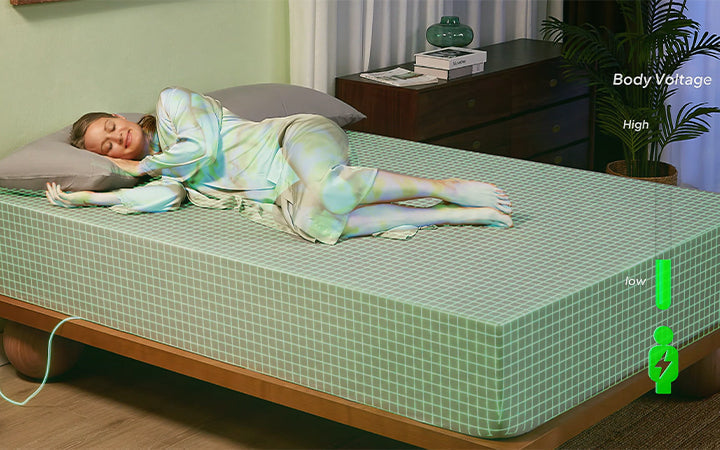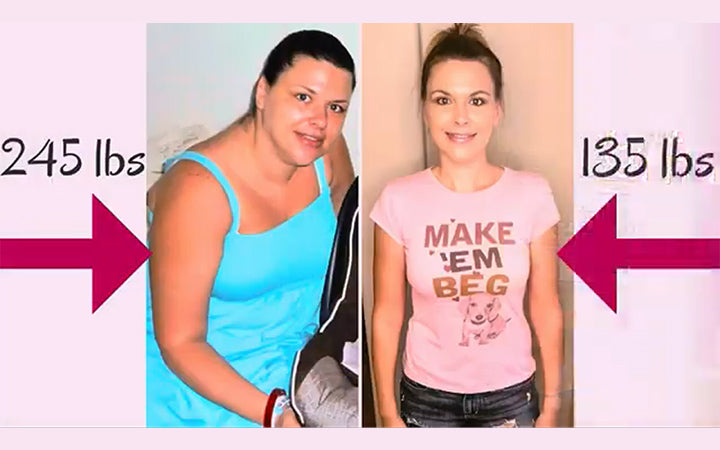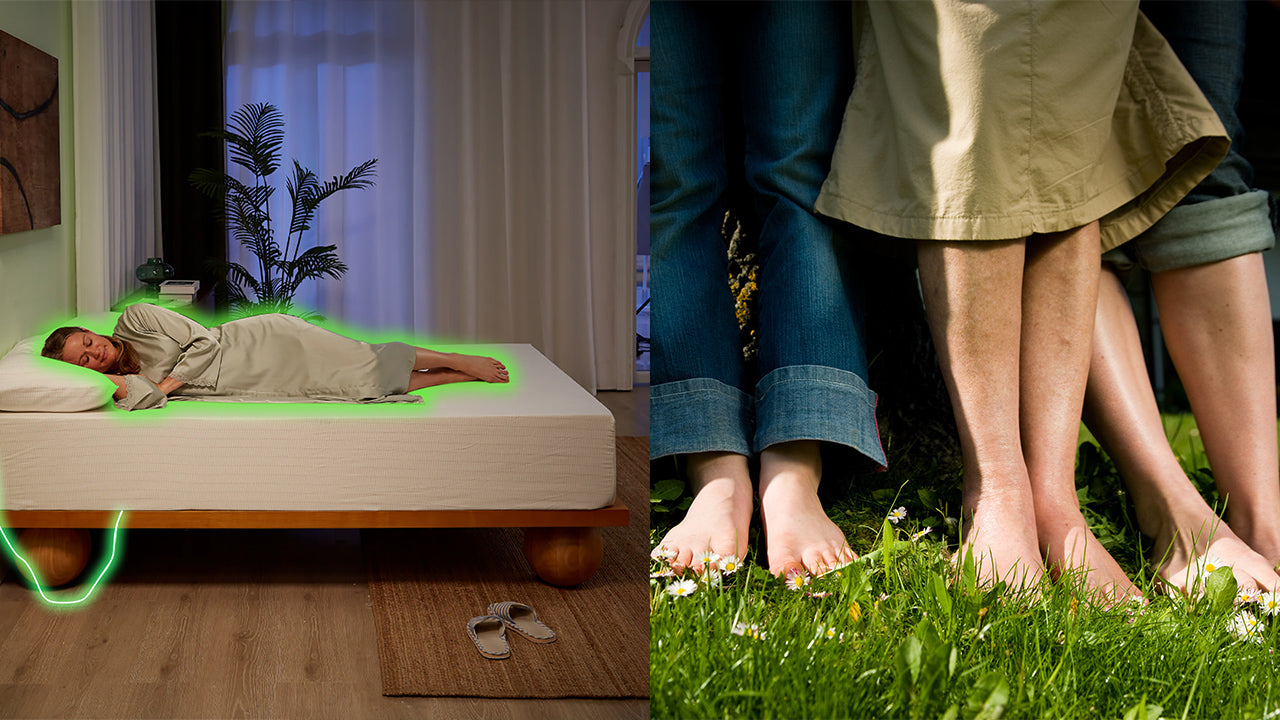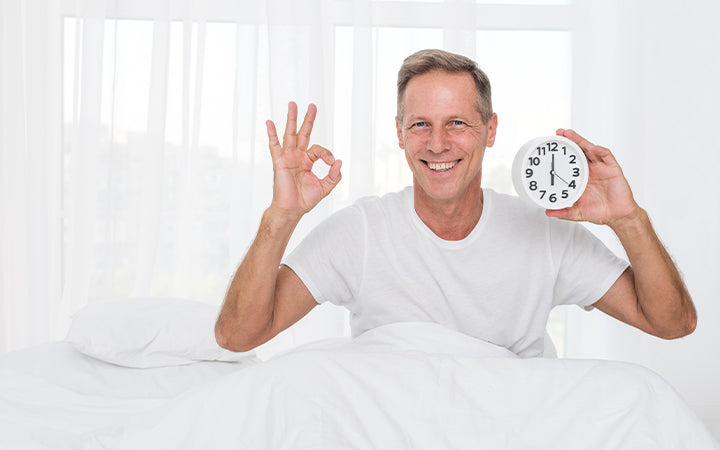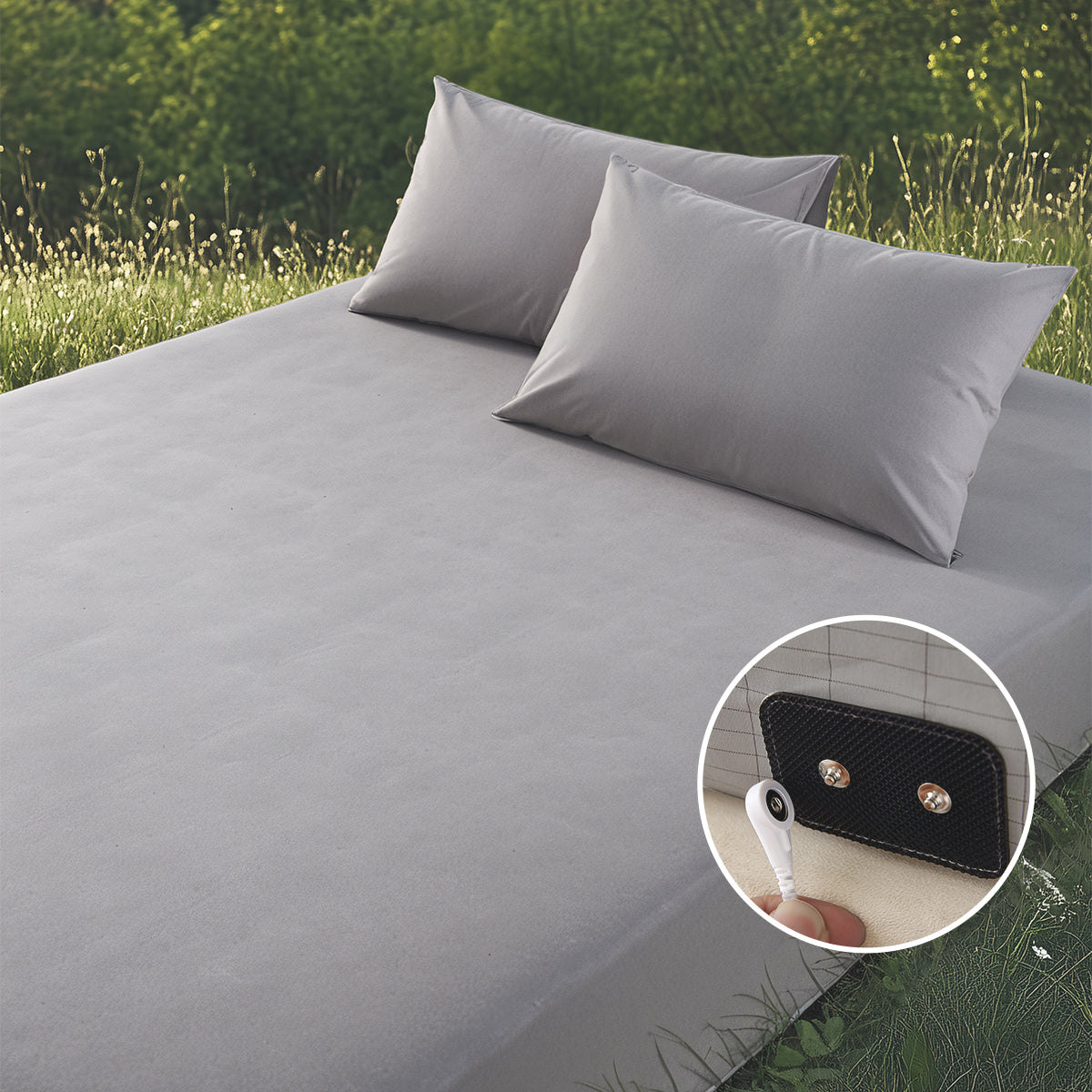Optimal Grounding Time: How Long Should You Ground Yourself Daily?
The practice of grounding is not just about if you connect with the Earth, but for how long. While there isn't one perfect duration for everybody, the results you get are closely tied to the consistency and length of your routine. The guiding principle is straightforward: some daily connection is good, more is often better, and regular contact is the key to success. This guide is designed to help you build a practical grounding schedule that aligns with your personal health goals.

What is Grounding, Anyway?
Grounding, or Earthing, is the act of putting your body in close contact with the Earth's surface. For most of history, this connection was always there. People walked barefoot or wore shoes made of conductive animal hides. But today, our modern way of life protects us from the cold with rubber-soled shoes, raised beds, and insulated buildings. Grounding is only the act of reconnecting with this lost link. The main goal is to reconnect with the Earth's delicate, natural electrical charge. This helps balance the bioelectrical environment in your body, just like a grounded device works safely and well.

Who Should Try Grounding Therapy? 5 Groups That Benefit Most
Grounding can be helpful for almost everyone, although certain people may find it especially helpful for certain health problems. If you belong to any of the groups below, you should really think about adding grounding to your daily life.
For Those with Poor Sleep
Grounding can help keep cortisol, the hormone that controls your sleep cycle, in check. This could help you fall asleep faster, stay asleep longer, and feel more rested in the morning.

For Individuals Experiencing Chronic Pain or Inflammation
If you have arthritis, fibromyalgia, or muscle pain that won't go away, grounding may help. It is thought to help lower inflammation, which is one of the main causes of chronic pain.

For Athletes and the Physically Active
Grounding can help speed up recovery after a workout. By reducing exercise-related inflammation, it can lessen muscle soreness and help you feel ready for your next training session sooner.

For Anyone with High Stress or Anxiety
The practice helps calm your nervous system, shifting it from a high-alert "fight-or-flight" mode to a relaxed "rest-and-digest" state. This can create a noticeable feeling of calm and lower anxiety.

For the Office Environment Worker
Using a grounding mat at your desk can help counteract the fatigue that comes from spending long hours indoors and working around electronic devices, leading to better energy levels.

A Note of Caution: Grounding may have a natural blood-thinning effect. Because of this, anyone taking blood-thinning medication (such as Warfarin/Coumadin) must consult their doctor before starting. Your medication dosage may need to be adjusted.
How Much Time Should You Spend Grounding Daily? 4 Scenarios Explained
The right amount of grounding time depends on your personal health goals. Here are four simple, evidence-based recommendations to guide your daily routine.
For General Wellness: 30-40 Minutes Daily
To boost your mood, reduce stress, and increase energy, aim for at least 30-40 minutes each day. This is often enough to feel a noticeable difference. You can easily achieve this with a short barefoot walk outside or by using a grounding mat under your feet while you work or relax.
For Better Sleep: 6-8 Hours Overnight
For deeper, more restorative sleep, the best approach is to ground for the entire time you are in bed. Using a grounding sheet or mat for 6-8 hours provides a long, continuous connection that helps regulate sleep hormones and supports your body's natural nightly repair cycle.
For Chronic Pain: As Much as Possible
To address persistent pain and inflammation, the goal is to ground as much as you can. Use a grounding sheet to sleep grounded every night as your foundation. If possible, add another 1-2 hours of daytime grounding with a mat. For inflammatory conditions, more time spent grounded often leads to more relief.
For Athletic Recovery: Post-Workout + Overnight
To speed up muscle recovery, follow a two-part plan: ground for 40-60 minutes immediately after your workout, and then sleep grounded overnight. This combination helps reduce soreness and inflammation, getting you ready for your next training session faster.
What’s the Best Time of Day for Grounding? 3 Optimal Periods Revealed
While any amount of grounding at any time is beneficial, you can optimize the results by timing your sessions strategically.
- Nighttime (Most Powerful): Grounding while you sleep is widely considered the most efficient and effective method. During sleep, your body is already in its primary healing and repair cycle. Grounding supports and enhances these natural restorative processes without requiring any conscious effort, making it a powerful and practical foundation for any grounding regimen.
- Daytime (For a Boost): Using a grounding mat during the day provides an excellent way to counteract workplace stress, reduce mid-day fatigue, or manage acute pain flare-ups. It serves as a valuable supplement to overnight grounding, helping to maintain a stable bioelectrical state throughout the day.
- Post-Workout (For Recovery): For athletes, the period immediately following exercise is a critical window. Grounding for 30-60 minutes right after a workout specifically targets exercise-induced inflammation, helping to lessen muscle soreness and accelerate tissue repair.
2 Grounding Methods and Time Implications
The method you choose will influence how easily you can accumulate the necessary grounding time.
- Passive Grounding (Sheets, Mats, Patches): The primary advantage of using indoor grounding products is that they allow for easy, prolonged, and consistent connection. These tools integrate seamlessly into your daily routine, enabling you to ground while you sleep, work, or relax. For achieving the longer durations recommended for sleep and chronic pain, passive grounding is the most practical approach. Different types of grounding products such as grounding sheets and grounding mats each offer unique benefits for various scenarios..
- Active Grounding (Barefoot on Earth): Walking barefoot on grass, soil, sand, or concrete provides a highly effective and direct connection to the Earth. Many people report feeling the positive effects almost immediately. The main limitation, however, is practicality. Duration is often constrained by weather, your daily schedule, and access to a safe and suitable natural surface. Nonetheless, even 20-30 minutes of high-quality barefoot time is considered extremely beneficial.
Begin Your Consistent Grounding Practice!
The greatest way to ground yourself is to stick to a schedule. Start with a length of time that works for you and helps you reach your main health objective. For example, if you want to sleep better, you may do it for a full night or 30 minutes a day. Listen to what your body is telling you and change the time you spend on things. The important thing is not having long, random experiences, but the continuous, cumulative effect of reconnecting with the Earth every day. Grounding bed sheets offer an ideal solution for maintaining this consistent daily practice, especially during sleep hours when your body is naturally in restoration mode. This regular practice is what makes a strong base for long-term health.
FAQs about Grounding Time
Q1: Can you do too much grounding?
A: No, you usually can't do too much grounding. It is a normal situation, and more time is usually preferable. The one important thing to keep in mind is that people who take blood-thinning drugs should talk to their doctor before commencing, as grounding may require a change in their prescription.
Q2: How long do you need to ground to be effective?
A: The amount of time that works best for you depends on your aim. For overall health and to lower stress, try to get 30 to 40 minutes of exercise every day. Ground overnight (6–8 hours) for better sleep. If you have chronic pain, try to ground as much as you can. Use it for 40 to 60 minutes after a workout and overnight to help you recuperate from sports. The specific time needed varies from person to person, as everyone's body is different.
Q3: How to do earthing or grounding?
A: There are two main ways to do this. The first is to walk barefoot on a natural surface like grass, dirt, or sand. The second is to use indoor grounding devices, like conductive mats or bed sheets, that plug into the ground port of a properly connected electrical outlet.
Q4: Is 20 minutes of grounding enough?
A: Yes, 20 minutes is helpful, especially if you need to reset quickly. People typically say that 30 to 40 minutes is the best amount of time to spend grounding every day, but any amount of grounding is better than none. It's a great place to start a regular practice, but you need more time to deal with long-term problems.
Not sure where to start? → Try this grounding guide for beginners.

